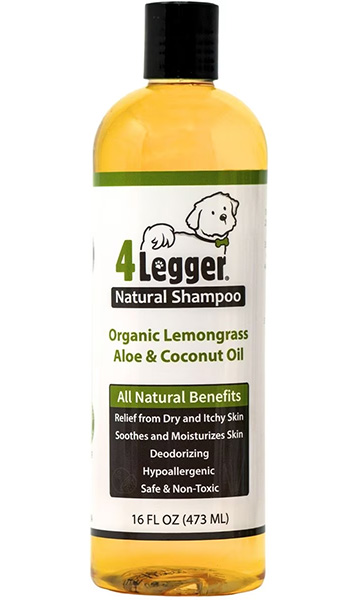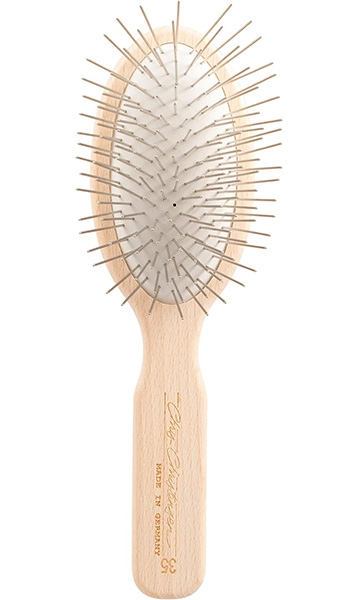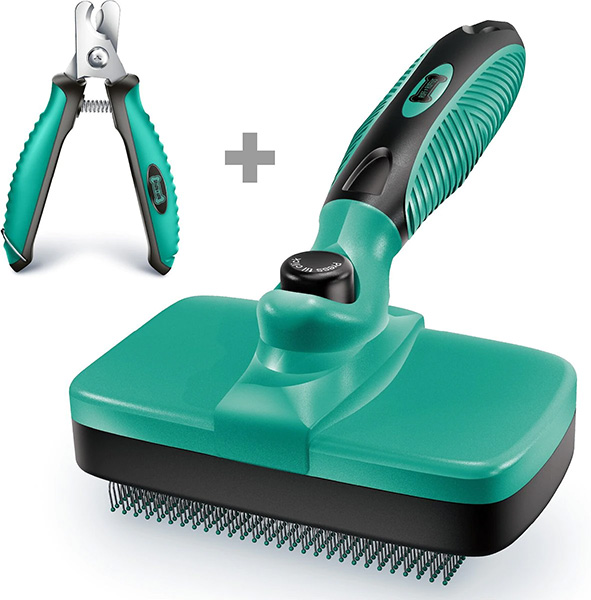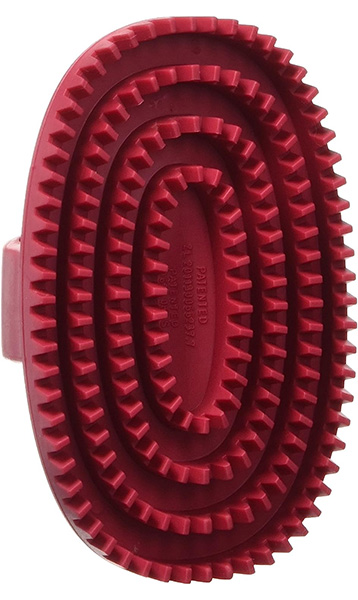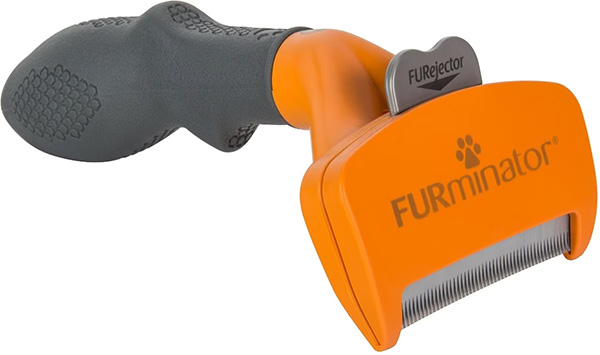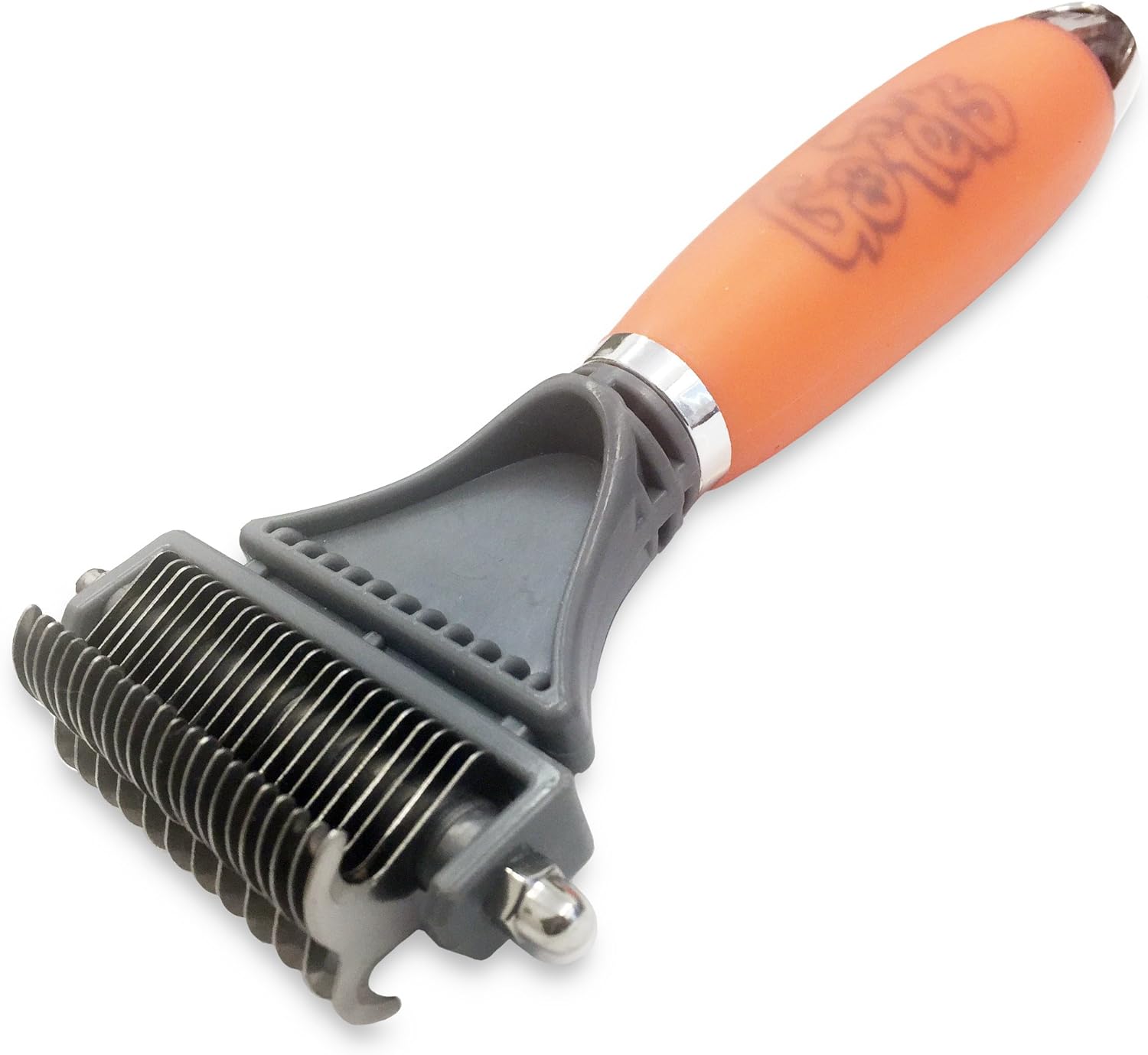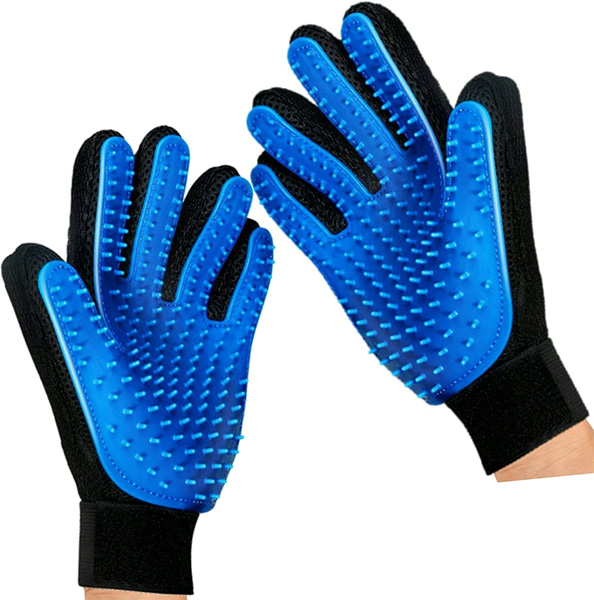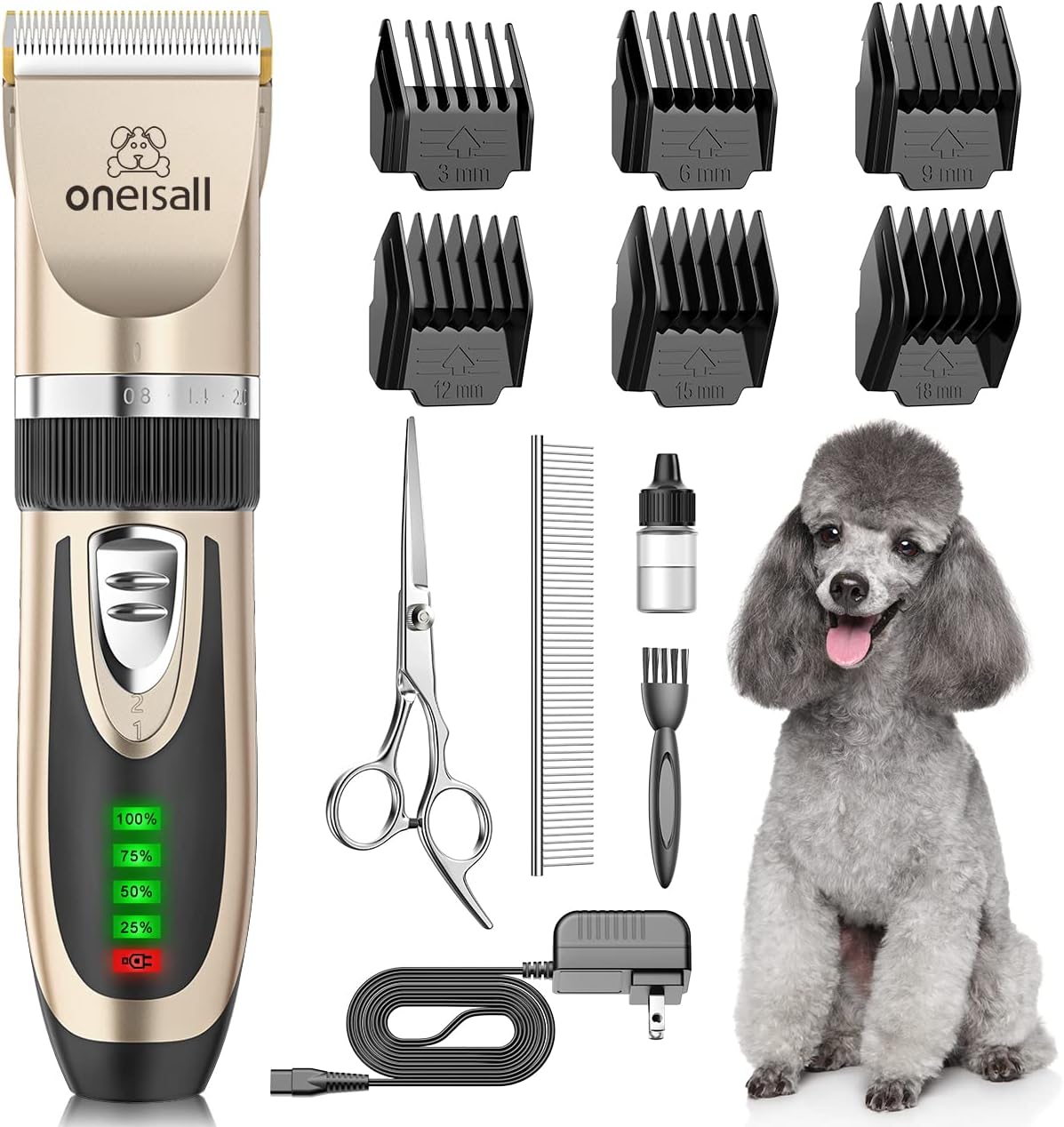There is a lot to consider in paw care for both you and your dog. Overly long claws can cause pain for your dog while walking – this could potentially lead to a misalignment. If you are unsure how to trim nails, you should go to the veterinarian the first time and have them show you. The claws contain blood vessels, so one should never cut too far, as it can cause pain to the dog. Black claws make it difficult to see where the claw ends and the blood vessels begin, while with white claws, it can be somewhat easier to discern. The part that can be cut is the horn material, which is connected to the blood vessels by nerve pathways. If you trim the claws yourself, you should trim them a little at a time and not too much at once. There are special pliers for paw care that are designed for trimming claws. You should only use such claw scissors for trimming, as human pliers or scissors are unsuitable, as they can squeeze the nails together and cause pain to the dog.
How often should I cut my dog’s nails?
This period depends on your dog’s level of physical activity. With sufficient exercise, the claws are automatically worn down, so you don’t have to trim them as often. As a rough guideline, you should check the claws about every 4-6 weeks and trim them if necessary. This way, you can make sure you never cut too much. In addition to the claws on the “toes” of the dog, you should also check its fifth toe. Does your dog have a dewclaw on its hind legs? If so, the same rule applies: check it. If these get too long, there is a risk of them growing inward.
What can be done against ticks?
Who doesn’t know them, the annoying parasites that seem to lurk everywhere on us and our pets, especially during the mild seasons. They are active primarily between February and October, but to the frustration of dog owners, they are increasingly surviving mild winters as well. The most common methods against ticks are tick collars and spot-on preparations. It is crucial that the dosage, regardless of the active ingredient, is tailored to your pet. The size and weight of your four-legged friend play a crucial role. But what distinguishes the methods? What is suitable for your dog?
Tick collar for dogs:
This must be worn permanently by your dog. Only then is protection guaranteed for both you and your dog. The anti-tick collar on your dog’s neck releases an active ingredient against ticks. In many cases, it also ensures that the parasites are deterred and do not attempt to climb up your dog.
Tip: Most hunting dogs do not wear tick collars, as they could easily get caught in the bushes. Therefore, this method is only good if you can keep an eye on your dog most of the time.
Spot-on preparations:
If you opt for a spot-on preparation, the application site is important. You should apply the preparation to your dog in a place where your dog cannot reach or lick it off. Many dog owners therefore apply the preparations to the neck. Then you should be careful not to stroke the dog at this point in the days after application. You should apply the preparation directly to the skin and shield the fur around it with your fingers. Avoid bathing and using dog shampoo in the next few weeks, as the preparation needs to be completely absorbed.
There is another way to protect your dog from ticks. However, this is not preventive; that is, it only works after your dog has been bitten. This method is recommended more in areas where tick infestation is not very high. The antiparasitics kill the ticks when they are already on the dog. You can buy these as sprays or tablets.
Alternative methods:
Many dog owners also swear by an amber collar. This is supposed to protect the dog from ticks after prolonged wear. Amber is said to get an electric charge through friction on the fur, which is supposed to discharge in the fur of living beings. The dog is not supposed to feel this, but small creatures should. They are then supposed to receive a kind of electric shock and fall off the animal. Alternatively, you can also try black cumin oil or coconut oil for your dog as a natural tick repellent. However, it is also important for a dog owner to know how to use a tick tweezer – and to have one within easy reach at home.
How to use a tick tweezer:
Insert the open tweezers from above directly onto the head of the tick at the puncture site. Close the tweezers as close to the skin as possible and pull the tick out gently and evenly. Be careful not to crush the tick, as this could cause it to empty its stomach contents into the bite site, increasing the risk of infection. Afterward, you should disinfect the site with a suitable agent (not oil!) and observe it.








